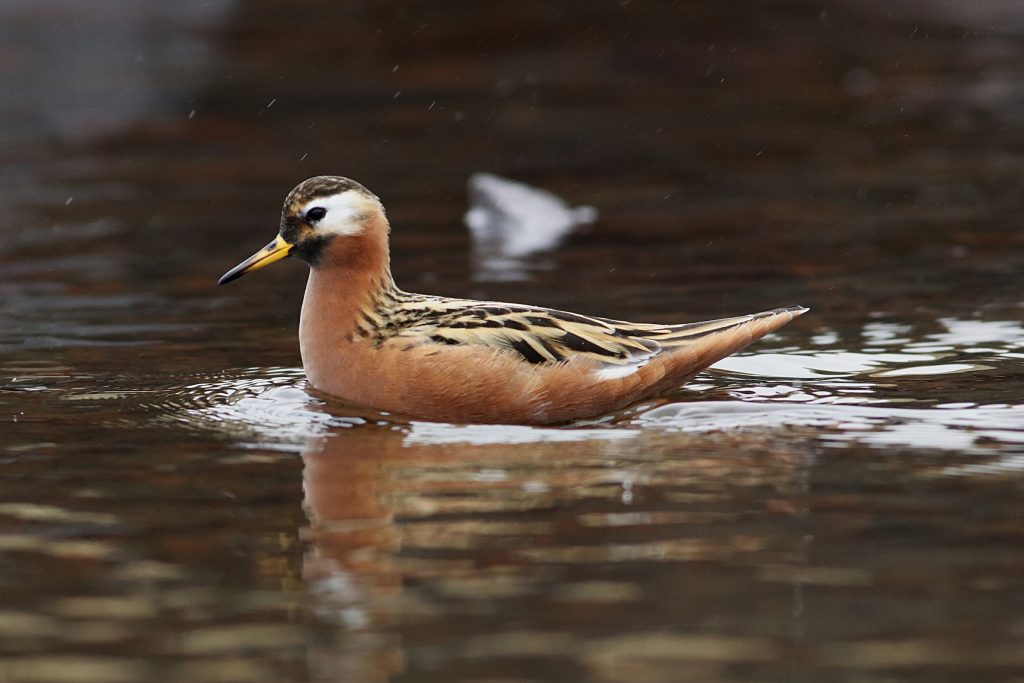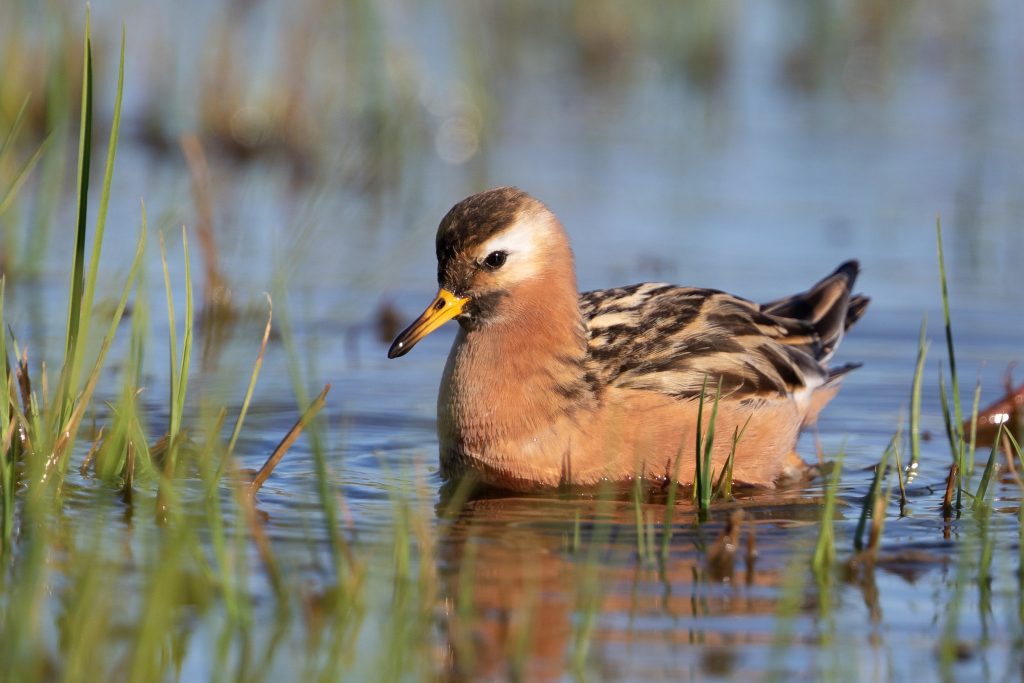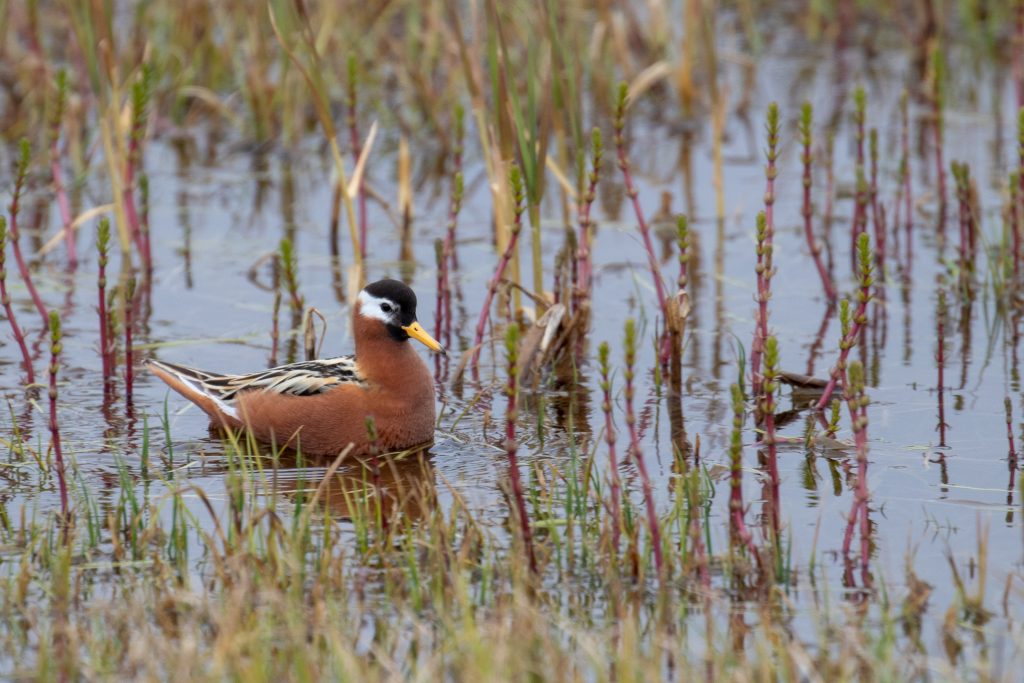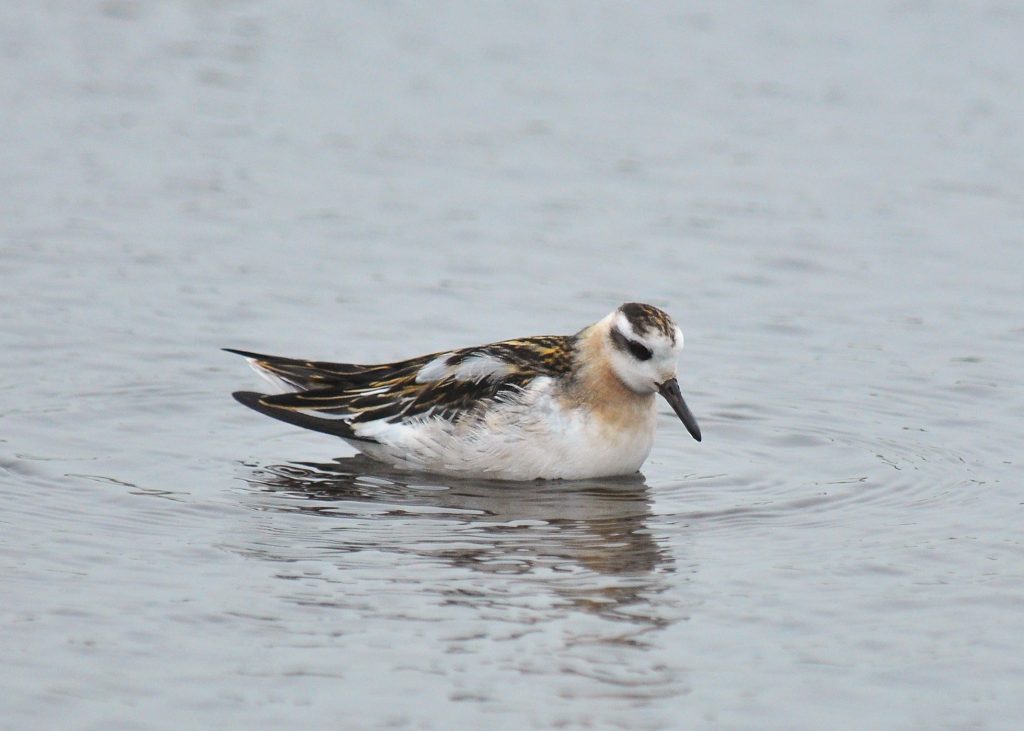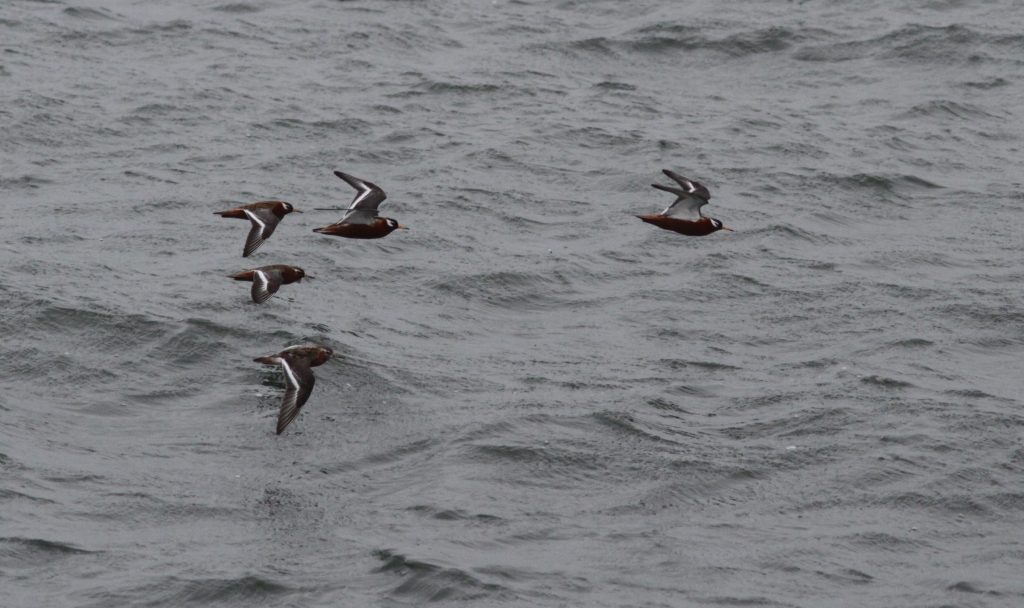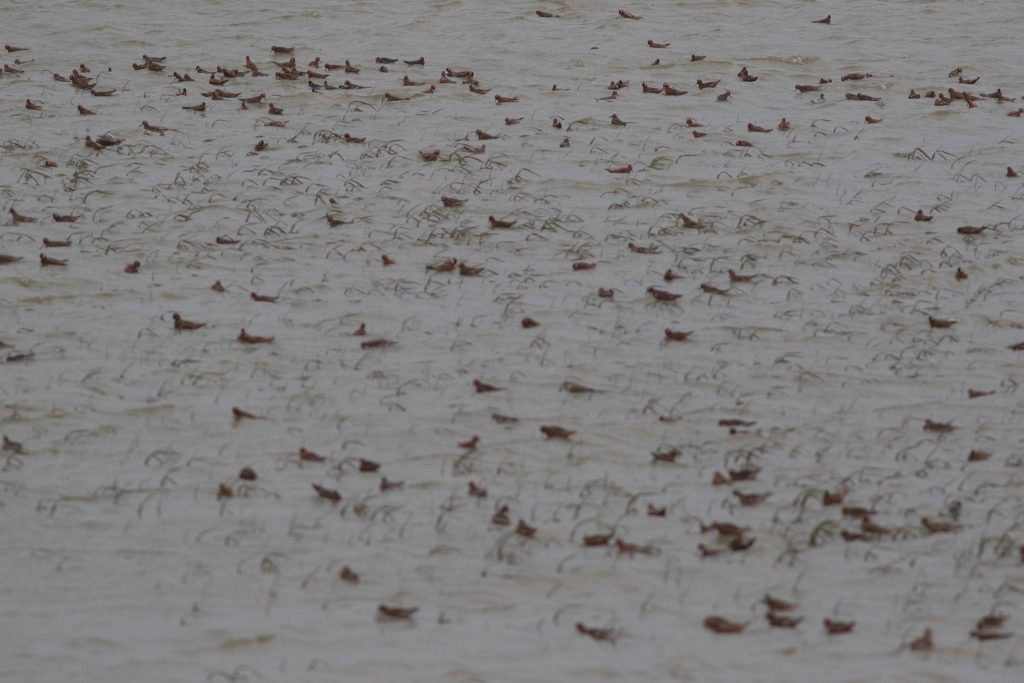This species is regular, but fluctuates greatly in numbers during the spring with individuals not observed regularly until at least May 20th. Often seen in small numbers during this period, with favorable weather condition concentrations in the upper hundreds or low thousands may be observed during mid and late May and into early June. More typically less than 10 are seen daily with observations normal through the entire spring period in June. Typically quite rare at the beginning of the summer period, again this species may be seen in concentrations of hundreds or thousands at almost any time, with large daily counts regular after July 5th. This species remains an abundant visitor/migrant through the rest of the summer with the largest daily counts often during mid-late July, though counts in the thousands have been made each week from early July through to early October. Large numbers of this species may still be seen through September with daily counts in the hundreds and low thousands typical until October. Numbers begin to decrease markedly at the end of September in most years, though numbers may remain in mid-October with sporadic records in early November. This hardy species is likely to be found on occasion past known occurrence and possibly into early winter in some years when weather and sea ice allows.
Much like many Procellariiformes (Shearwaters, Albatrosses, etc…), this species’ presence is often heavily tied to storm systems with only small numbers present during extended periods of calm weather during much of the year.
